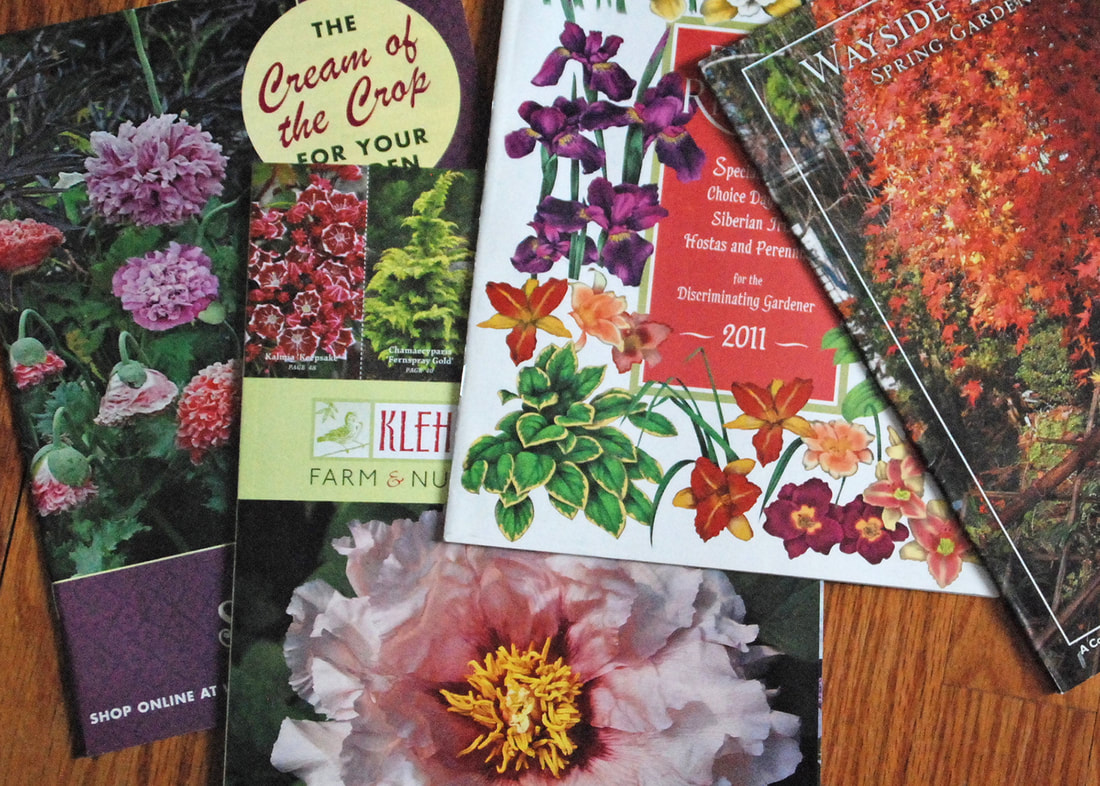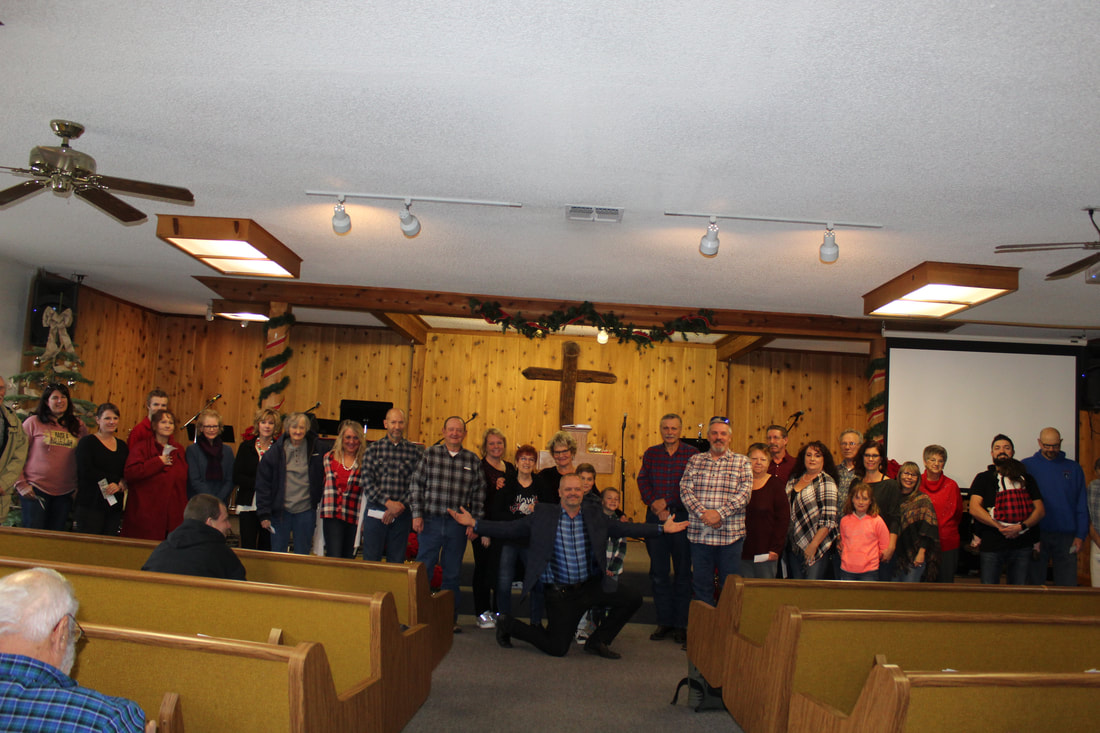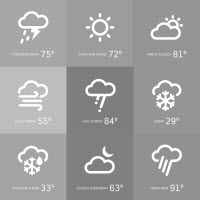As garden catalogs are piling up and online versions fill your inbox, your thoughts may turn to the growing season ahead. With so many choices of beautiful flowers and scrumptious vegetables it can be overwhelming and hard to resist buying more seeds and plants than you have space to grow and time to tend.
Start by flipping through the pages of various catalogs and searching gardening websites and online catalogs to gather ideas and inspiration. Narrow down your search by selecting plants suited to your climate and growing conditions.
Quality catalogs will list the cold hardiness zone of trees, shrubs and perennials and often include the Plant Hardiness Zone Map developed by the U.S. Department of Agriculture. These hardiness zones are based on the average minimum winter temperature. The lower the number, the more cold-tolerant the plant.
Sunset Climate Zones for North America may be new to many gardeners. A variety of factors beyond high and low temperatures were considered when the 45 hardiness zones were created. Microclimates, growing season, rainfall, humidity, wind patterns, and ocean currents were some of the other factors that went into defining these zones.
Read the plant description and select plants that match the light, soil and moisture in your garden. Make sure annual flowers and vegetables you select have time to flower and produce before your season ends. Those with a longer time to harvest than your growing season allows will need to be started indoors. You will need time and indoor growing space to start your own long-season plants from seed indoors.
Select the most disease resistant and low maintenance varieties whenever possible. Make sure you have enough space in the garden or containers for all the plants you select and for each of them to reach their mature size. Overcrowding plants increases the risk of disease and can reduce flowering and productivity.
Look for award-winning plants when reviewing the catalogs. All-America Selections’ winners (AAS) are tested nationally and selected for improved growth habit, flowering, pest resistance or some other unique feature for the home garden. Perennial Plant, Hosta and Daylilies of the Year are selected by members of the various organizations for their outstanding performance.
Consult your local University Extension service. Most create lists of plants and varieties that are best suited to your region. They often recommend planting dates based on the average local soil and air temperatures.
Your next step – inventory any leftover seeds saved from last season. When properly stored in a cool dark location many seeds can last for years. Longevity does vary with the type of seed, but you may be surprised to find you can get years of planting from one packet of seeds. Onions, parsley, verbena and salvia usually last about a year, whereas properly stored Brussels sprouts, cabbage and zinnias can last an average of five years.
Create your list and set it aside for a day or two before placing your orders. A bit of planning can save you money and increase success as you grow plants best suited to your climate and gardening space.
Melinda Myers has written numerous books, including Small Space Gardening. She hosts The Great Courses “How to Grow Anything” DVD series and the nationally-syndicated Melinda’s Garden Moment TV & radio program. Myers is a columnist and contributing editor for Birds & Blooms magazine and her web site is www.MelindaMyers.com.





